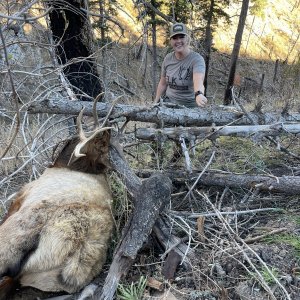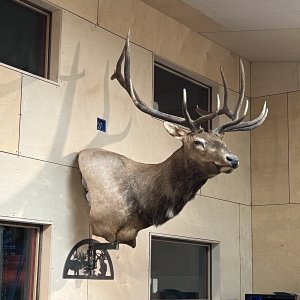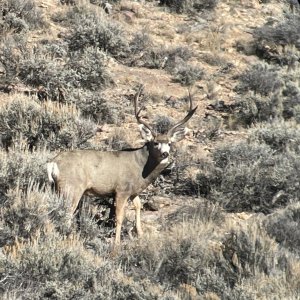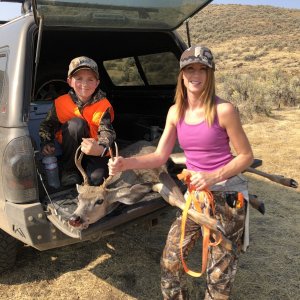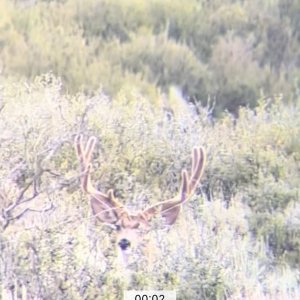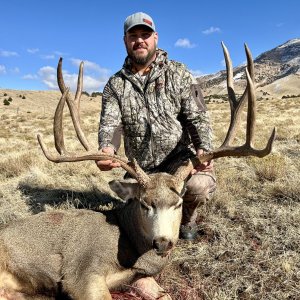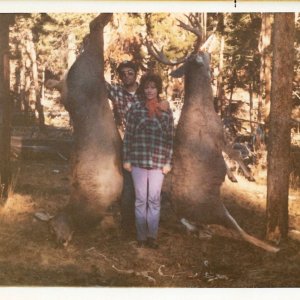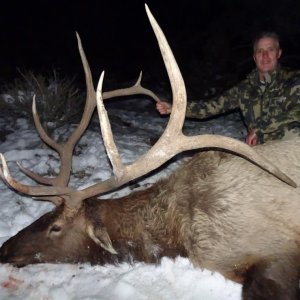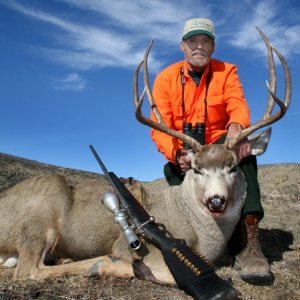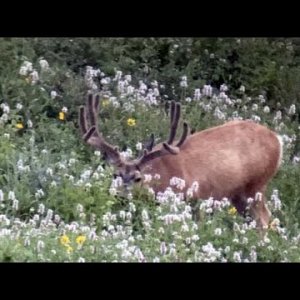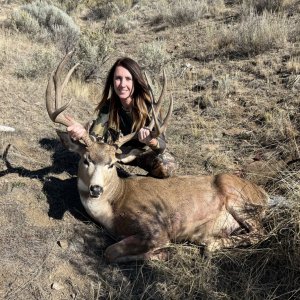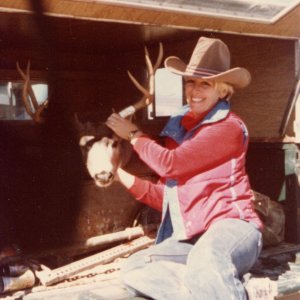Here is an interesting release from NV for 2012.
Mule Deer ? After the second consecutive year of a modest increase in Nevada?s mule deer population estimate, a series of factors are contributing to NDOW?s increased tag quota recommendations in many areas. Some of these areas have been growing rapidly with commensurate increases in their buck ratios, some of those same areas experienced significant tag reductions last year allowing for increases in the buck ratios. Further exacerbating the issue, many of those same areas had exceptionally high production AND recruitment due to a favorable 2010-11 winter, good summer, and very mild 2011-12 winter. Nevada continues to maintain one of the highest post-hunt buck ratio objectives in the country with many areas well over 30 bucks per one hundred does. The 1980s have been regarded by many as the ?hay day? for mule deer in Nevada. Therefore, for comparative purposes, harvest strategies from the 1980s are considered relative to those used today.
Buck ratios in the 1980s ranged in the low to mid 20s per 100 does. Today, Nevada?s quota recommendations are extremely conservative and if approved would result in a post-hunt buck ratio of 30.
Bucks typically comprised roughly 26% of the population in the 1980s, today bucks comprise approximately 32% of the population.
Of the available bucks in our deer population in 2011 we harvested around 21.5%. In the mid 1980s we harvested up to 36% of our bucks.
In 2011, Nevada?s post hunt buck ratio objectives were nearly 50% higher than post-hunt buck ratio objectives in the 1980s.
Unnecessary quota reductions in 2011 of 25% in most areas of the state, exaggerated an already overly conservative process and resulted in the highest post hunt buck ratio ever observed.
Nevada currently possesses a population of 112,000 mule deer with 35,000 bucks. In 1985 there was an estimated 155,000 deer with 44,000 bucks. Today?s higher buck ratios can sustain a higher level of harvest because a much higher percentage of the population is bucks.
Higher percentages of bucks in the herd do not equate to higher quality deer OR herd growth, but may in fact limit fawn recruitment via competition for limited winter range in some areas.
We should not continue to stockpile bucks when there are limited benefits to buck quality and likely detrimental effects on recruitment and herd size associated with doing so.
At the current statewide average of approximately 38% hunter success and 42% 4 point or better, it's important to understand that a 10 tag increase does not equate to 10 dead 4-point bucks as many hunters may imagine. For each 10 tags issued, the average result will be 4 dead bucks with 1 and in some cases 2 being 4-points or better. 20 tags typically results in close to 7 dead deer, on average 3 of which should be 4-points or better.
In the case that social carrying capacity (the maximum number of hunters that is socially acceptable in the field) is significantly lower than the biological carrying capacity, the value of continuing to conduct aerial surveys in those areas should be carefully evaluated.
http://www.ndow.org/about/news/pr/2012/April/2012_quota.shtm
